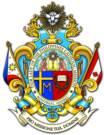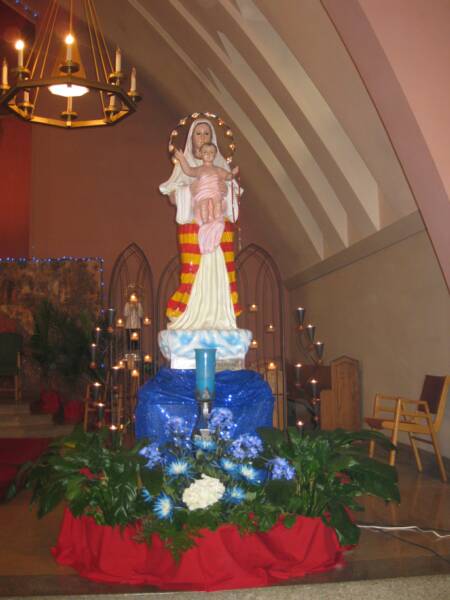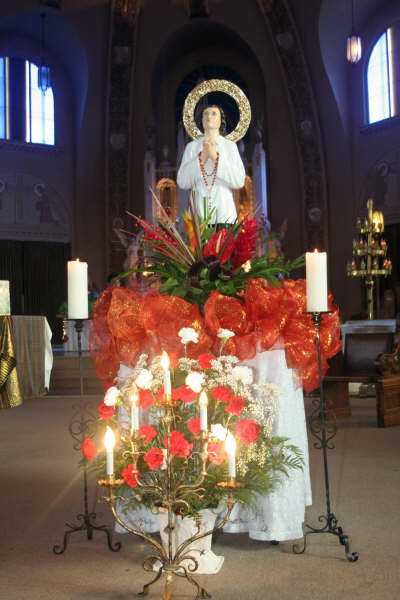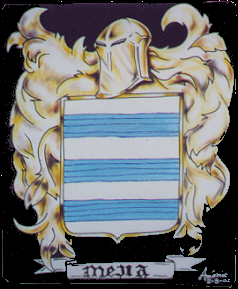A lay person from the Philippines, St. Lawrence Ruiz, and his fifteen companions. These sixteen martyrs were killed for their faith in 1637, in Nagasaki, Japan. Born in Manila, St. Lorenzo was the father of a family. He joined the Dominican priests, brothers and lay volunteers who were going to Japan to preach the Gospel. The group was made up of nine Dominican priests, two brothers, two single lay women, and three other lay persons. All were associated with the Dominican order and all died rather than give up their faith in Jesus. They were missionaries who had originally come from five nations-France, Italy, Japan, the Philippines and Spain. What a wonderful reminder they are that the Church reaches out to the whole world.
These martyrs suffered greatly before they died, but they would not give up their Catholic religion. It is recorded that St. Lawrence Ruiz told his judges that if he had a thousand lives to give for Christ, he would. This group of heroes was proclaimed saints by Pope John Paul II on October 18, 1987.
Let us give thanks today for God’s providential care for the Church, which continues in faithfulness to him, despite trials and persecutions.
+Domingo Ibanez De Erquicia, Spanish Dominican Priest
+Francisco Shoyemon,Japanese Dominican Brother
+Jacobo Kyshei De Sta. Maria, Japanese Dominican Priest
-Miguel Kurobioye, Japanese Lay Catechist
+Lucas Del Espiritu Santo, Spanish Dominican Priest
+Domingo Kakusuke, Japanese Lay Catechist
+Lazaro De Kyoto, Japanese Lay Catechist
+Mateo Kohioye Del Rosario, Spanish Dominican Brother
+Sister Magdalena, Japanese Dominican Nun from Omura
+Sister Marina,Japanese Dominican Nun from Omura
+Jordan De San Esteban, Italian Dominican Priest
+Thomas Hioji De San Jacinto, Japanese Dominican Priest
+Antonio Gonzales, Spanish Dominican Priest
+Guillermo Courtet, French Dominican Priest
+Vicente Shiwozuka Dela Cruz, Japanese Dominican Priest
+Lorenzo Ruiz, Filipino Lay Person
On September 29,1637, he professed his faith by martyrdom. Lorenzo Ruiz, the first Filipino saint, was the kind of man who could die for God and religion a thousand times if he had to.
Lorenzo Ruiz was a layman who worked as a calligrapher for the Dominican parish of Binondo, Manila. As an “escriba,” he was exceptionally gifted, and the Dominican friars relied on him to transcribe baptismal, confirmation and marriage documents into the church’s official books. He was also an active member of the Marian confraternity, a man the Dominicans described as someone “they could trust.”
The son of a Chinese father and Tagala mother who lived in the Parian district outside the city walls of Manila, Lorenzo Ruiz married a Tagala like his mother and had three children -- two sons and a daughter -- whose descendants are currently residents of the same area where the original Ruiz family lived.
In 1636, Ruiz was implicated in a murder. He sought help from his Dominican superiors who believed in his innocence. In order to escape what they believed would have been an unjust prosecution for their protege, the Spanish friars immediately sent Ruiz on a missionary expedition outside of the Philippines. Initially, Ruiz thought he was being sent to Taiwan, where he believed his Chinese roots would enable him to start a new life. Little did he know that he and the missionary expedition led by Fray Domingo Ibanez was actually headed for Nagasaki, Japan, where feudalism was fanning the flames of Christian persecution. Lorenzo Ruiz was headed straight into the arms of death.
He was arrested almost immediately upon his arrival in Japan in 1636, and subjected to torture by his Japanese captors for more than a year. Tied upside down by his feet and dropped into a well where sharp stakes lined the bottom, his torturers would stop just before he would be impaled, and thereupon try to convince him to renounce his faith.
“
Deny your faith and we will spare your life,” his persecutors said.
To which Lorenzo Ruiz answered, “I will never do it. I am a Catholic and happy to die for God. If I have a thousand lives to offer, I will offer them to God.”
Existing documents attest that the Japanese promised him a safe trip back home where he could be reunited with his loved ones, but Ruiz staunchly chose to remain faithful to his religion.
On September 22, 1637, Ruiz, Fray Domingo and their 14 companions were led up a hill overlooking the bay of Nagasaki. There they were hung upside down with their heads inside the well. Their temples were slit open to let blood drip slowly until they died either from loss of blood or asphyxiation. Many died after several days. Ruiz died last, on September 29, 1637.
Beatified by Pope John Paul II in Manila and later canonized on October 28,1987, San Lorenzo Ruiz holds the distinction of being the first person beatified outside of the Vatican. He also holds the honour of being the first Filipino saint, the “most improbable of saints,” as Pope John Paul II described him during the canonization ceremony.
“The Lord gives us saints at the right time and God waited 350 years to give us this saint,” the Holy Father said. “It is the heroism which he demonstrated as a lay witness to the faith... which is very important in today’s world. The witness of San Lorenzo is the testimony we need of courage without measure to show us that it is possible. Faith and life for Lorenzo was synonymous and inseparable. Life without faith would have been without value...he proved that sanctity and heroism are there for anybody and the final victory is made to size for each one of us.”





